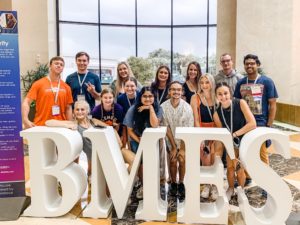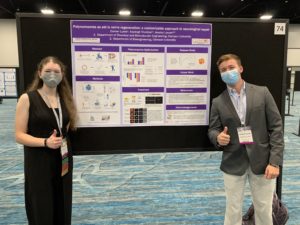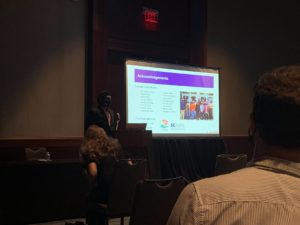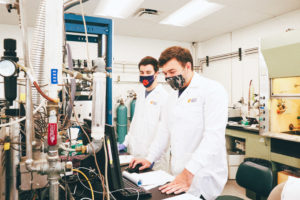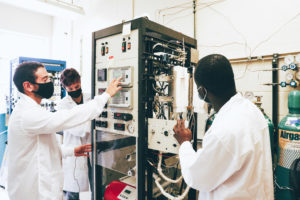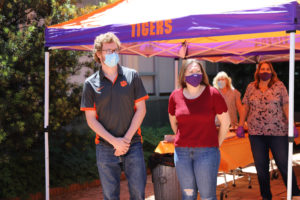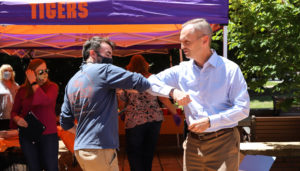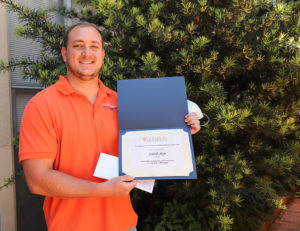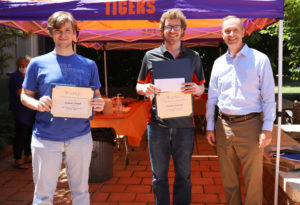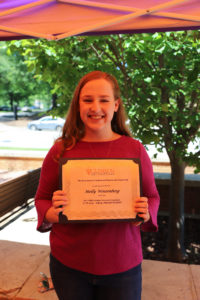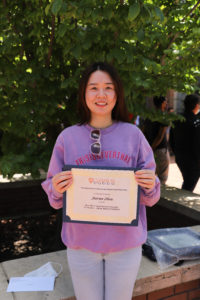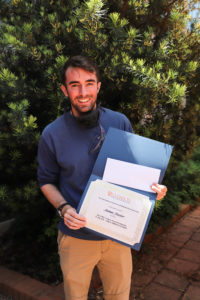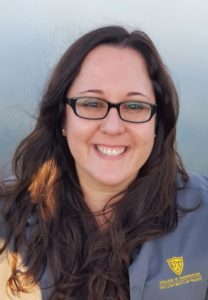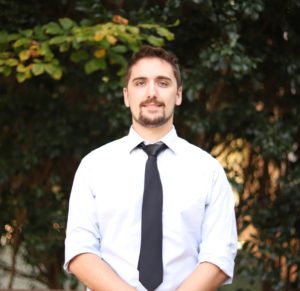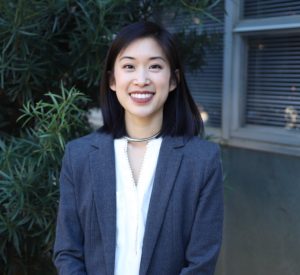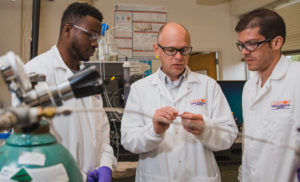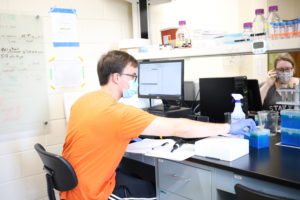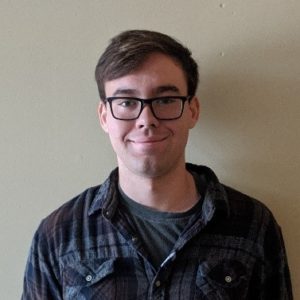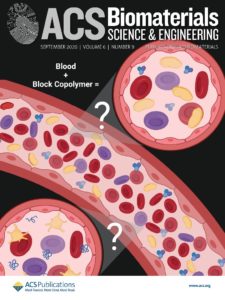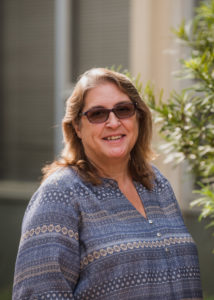 The Department of Chemical and Biomolecular Engineering is excited to announce the retirement of Mrs. Diana Stamey.
The Department of Chemical and Biomolecular Engineering is excited to announce the retirement of Mrs. Diana Stamey.
Diana Stamey began working for Chemical Engineering in March 1987 as the typist for the faculty before personal computers were introduced. She had to “re-invent” herself when personal computers were introduced to Chemical Engineering.
Dr. Stephen Melsheimer was able to provide her with direction by reassigning her position to meet the demands and needs of the undergraduate students with the registration and the scheduling of courses. In 1996, her job duties expanded to include Graduate Student Services support.
In 2001, she moved to the Center for Advanced Engineering Fibers and Films, an NSF Engineering Research Center. Chemical Engineering was one of the multiple-research departments associated with the CAEFF. Therefore, she was able to maintain a great working relationship with Chemical Engineering.
In 2009, CAEFF moved from Rhodes to Earle Hall as it completed it’s 10-year program to become a graduated NSF-ERC program. Chemical Engineering was in need of expanding its office staff count to 3 as more jobs duties needed to be removed from faculty.
In 2015, Diana’s position changed to part-time Administrative Assistant with CAEFF and Graduate Student Services Coordinator of Chemical and Biomolecular Engineering.
One of her major accomplishments with the department were to uncover the hidden gems in Earle’s documents that dated back to Dr. Charles Littlejohn to find what needed archiving.
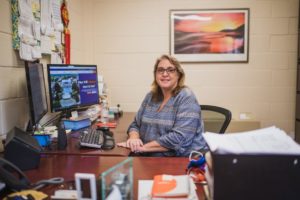 “Earle Hall has a lot of history attached to it,” Diana said. “I love learning little pieces of information each time I scan the documents for history. I will miss the people most of all. Watching the students mature with each year as they approach graduation has the greatest rewards with a little heartbreak. You miss them when they leave. Occasionally you get a big surprise when they return. This brings sunshine back into Earle Hall with every visit.”
“Earle Hall has a lot of history attached to it,” Diana said. “I love learning little pieces of information each time I scan the documents for history. I will miss the people most of all. Watching the students mature with each year as they approach graduation has the greatest rewards with a little heartbreak. You miss them when they leave. Occasionally you get a big surprise when they return. This brings sunshine back into Earle Hall with every visit.”
Diana looks forward to traveling after her husband, Jimmy Stamey, retires. They plan to camp and travel to places that they have talked about for years.
The Department of Chemical and Biomolecular Engineering will cherish her contributions for years to come.
